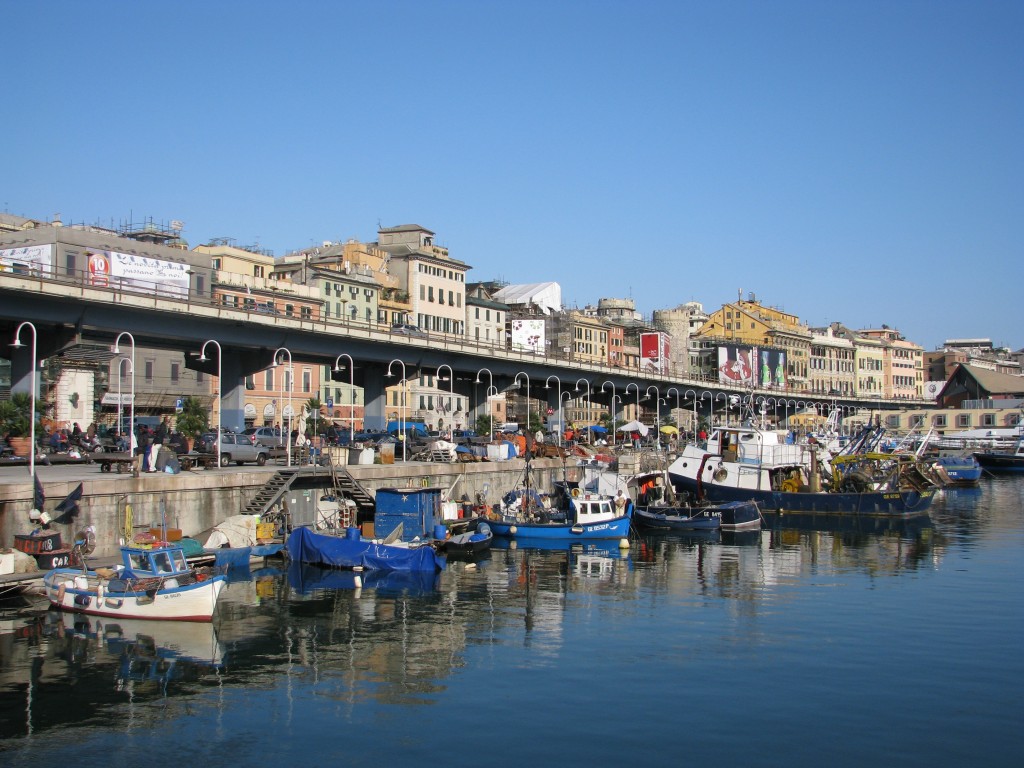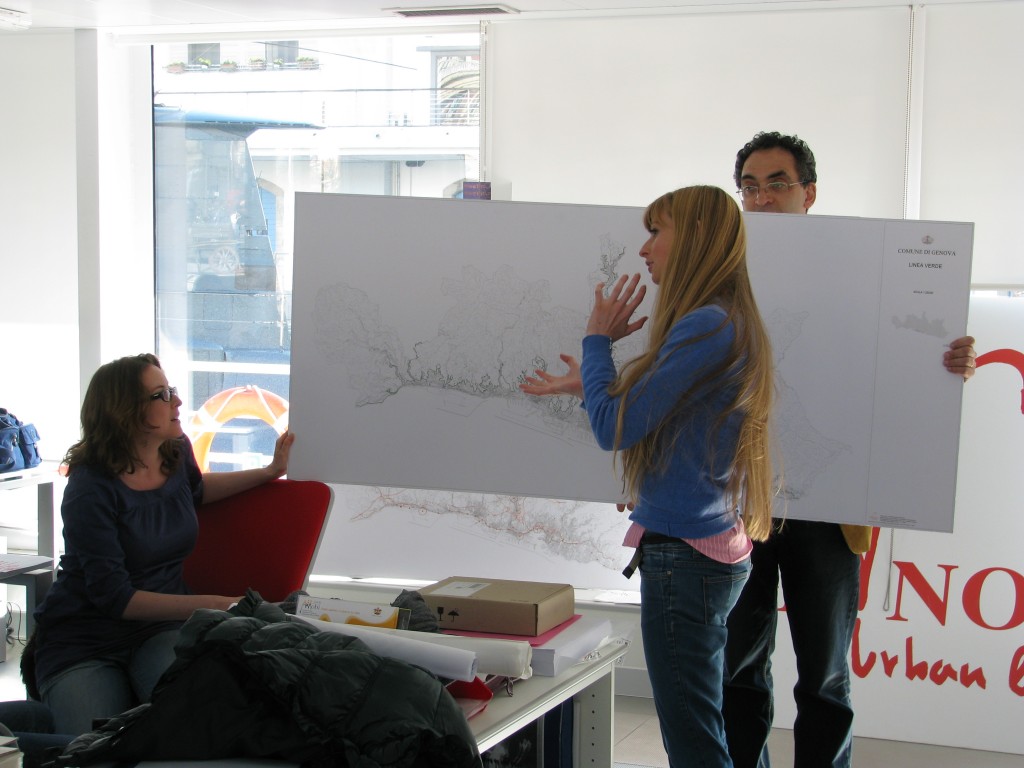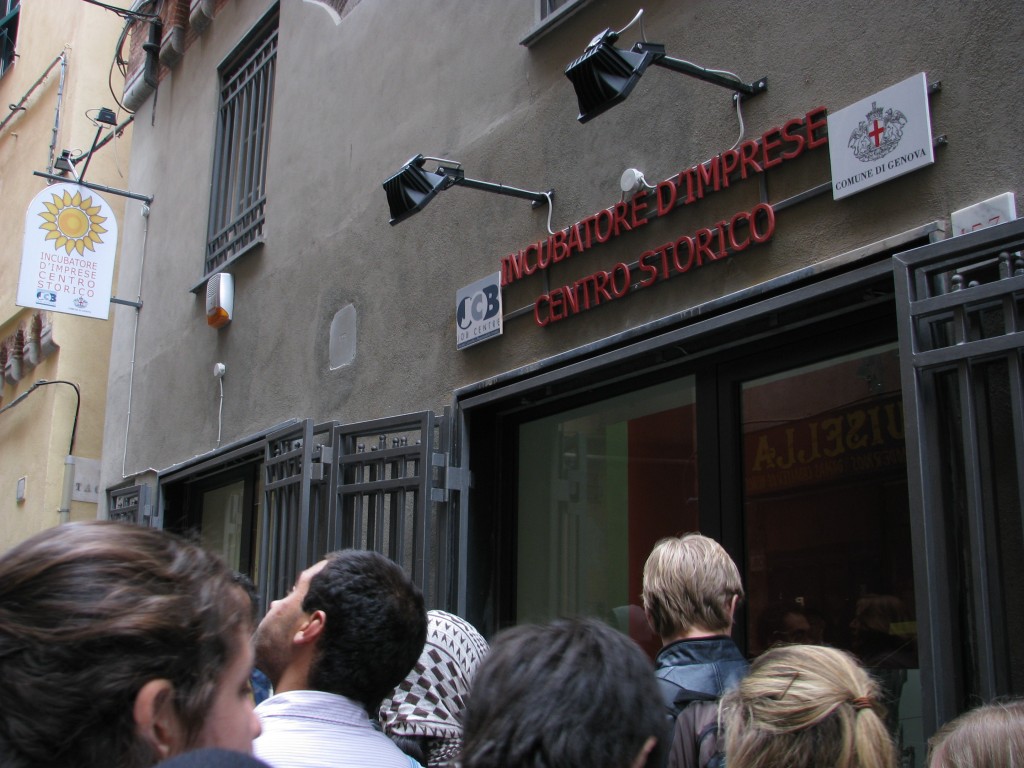At last, the time had come for one last departure of the double-decker red SIMET bus from our quaint little corner adjacent to the Area Sacra in Rome.
From our “special corner,” we had traveled to many other destinations during the earlier months of the semester, from the ruins of Pompeii in the South to the modern industrial development of Emilia-Romagna. There was one major region we did not cover, however, which lay in a region that seemed very far from Rome.
In this region, the green leaves come later, and borders not only rub between provinces within Italy but also nudge with other foreign countries such as Germany, France, Switzerland, and Austria. This is Northern Italy – industrial top of Italy’s boot that dominates the country’s commercial contact with the rest of the continent.
PART 1, GENOA
Genoa is located on the Ligurian Sea in the northwest part of Italy. Many people describe it as the “Naples of the North,” having a salty maritime history and still functioning as a jumping-off point for many immigrants from Asia, the Middle East, and Africa.

Unlike Barcelona (which utilizes the sea as a fantastic tourist attraction) and Rotterdam (which utilizes the sea as a successful port for maritime trade), Genoa has not made the most out of its direct contact with the sea. Genoa’s waterfront currently resembles San Francisco’s waterfront back in the 1980s – an elevated highway has created an unfortunate divide between the urban center and the adjacent port, and many of Genoa’s port facilities are underutilized.
In response, Genoa is taking on an extensive plan to cement its position as a great location for maritime trade within the European Union – it hopes to modify the urban landscape in order to demonstrate its advantageous location between the advanced consumer economies of Western Europe and the booming industrial market in Eastern Europe.
Cornell Urban Planners took a visit to the Urban Lab in Genoa (on a floating boat, by the way!!!) to see these redevelopment plans in action. The Lab has created 3 lines with distinct colors to visually represent the 3 axes of Genoa’s growth plans.

In addition, Cornell planners also got to explore the immigrant quarters of the city with a Genoan who specializes in anthropology. On our tour we observed a way of life that was not seen by many mainstream tourists to the city. The neighborhood reminded me of walking through the souks of Marrakesh in Morocco during my Spring Break. Here we saw a plethora of signs for international calling cards, vendors sitting on blankets selling luxury goods from an unknown origin, and food shops of all shapes and sizes. One thing that particularly caught my eye, however, was the Incubatore D’Imprese Centro Storico – an organization that encourages and supports newcomers to participate in jobs that involve historical traditions of craft and trade.

Centers like the the Incubatore D’Imprese Centro Storico help to ease Genoa’s growing identity crisis by allowing immigrants to continue on traditions that have characterized the city in many years past. Genoa’s policies, however, represent only one example of a long list of cities in Italy that are also preparing themselves for the future. In the other upcoming cities – Turin and Milan, we will get to see more examples of Italian cities in planning action. Keep posted for more updates!
